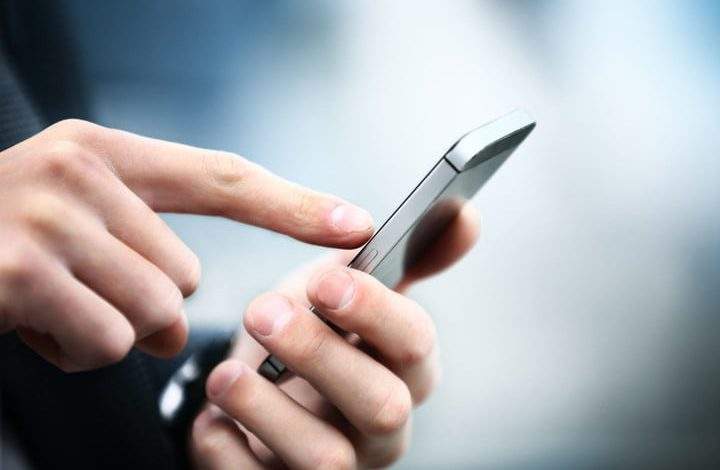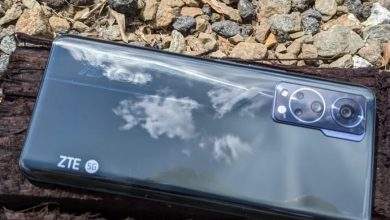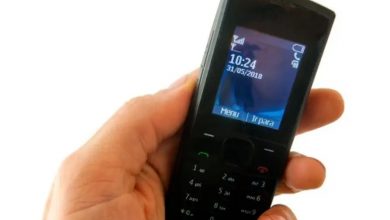
An Android Smartphone Guide for Users
Getting acquainted with a new mobile device is a very interesting process, especially if this is your first smartphone or tablet. First, make sure you are familiar with the interface of your device and know how to perform basic tasks, including the screen, built-in applications, and so on. You can then move on to some other basic tasks such as connecting to the Internet using Wi-Fi.
Google account
The first time you turn on the device, you’ll be prompted to set up a few features such as your preferred language, date and time, and (most importantly) your Google account. If you don’t have a Google account, then you can create one during the installation process.
Why is a Google account so important? because your Google account is “your identity on your device”. It not only connects you to the Cloud where your photos and contacts are stored, but also gives you access to the Play Store where you can download and purchase various applications.
It also gives you access to other Google services such as Gmail, Chrome, Google Drive and YouTube. For more information, check out our Google Account tutorials.
Get to know your device
After setting up your phone for the first time, you’ll see a simple screen with a few icons, buttons, and various other features. This is one of the most important parts of your device, this is the main screen – where the icons of all your favorite applications will be displayed.
As we said before, every Android Smartphone device is unique. Just like we checked the Huawei nova 9 se price and got it. Then, set it up for use, we understood it better after testing the settings. This means that the operation of the device and the performance of some tasks may also differ slightly depending on your phone or tablet. Luckily, you can learn a lot by comparing your device to ours.
1. Notifications
Notifications are notification signals that let you know about activities, offers, changes, updates, and more.
To view notifications, swipe down from the top of the screen. From there, you can see more details about each notification.
2. Status bar
The area in the upper right corner displays current information about your device (signal strength, Wi-Fi status, battery life, and time). In our example, there is an icon indicating that the phone is in vibrate mode.
Fixing an error when parsing a package on Android Smartphone
3. Google search bar
Many new devices come with a tool called Google search bar. It gives easy access to some of its features.
For example, if you click on the microphone icon, you can do a quick voice search or voice command. Also, in the Google search you can quickly find any information via the Internet.
4. Widgets
This is an example of a widget that can be added to your device. Basically, widgets are like mini versions of your apps: they condense with certain features so you can access them directly from your home screen.
5. Applications
The icons you see on the home screen are application shortcuts. All you need to open an application is to click on the desired application and it will open.
You can add and change app locations as you wish.
6. Home screen
This display area is the main screen. It stores shortcuts to all your apps so you can access them with just one touch.
If desired or needed, you can always create multiple home screens to organize and group apps. To move between screens, swipe left or right across the screen.
7. Favorites
The panel at the bottom of the screen is called Favorites. There are shortcuts to the most used apps, like the default camera or web browser, but you can always customize it to your liking.



